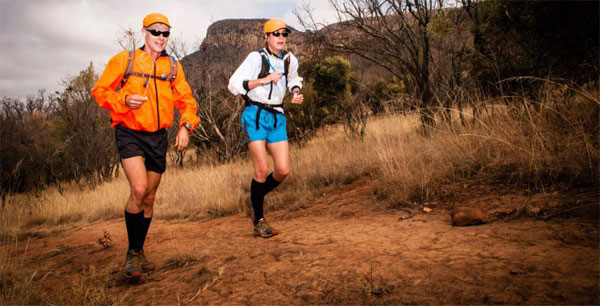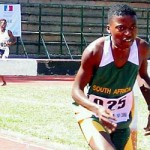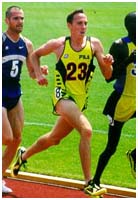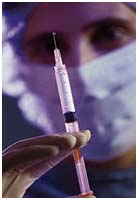I was browsing through some of my old running photo’s the other day – circa 1982 – and it made me realise how much running gear has improved. In 1982 – I had just joined the Nelspruit Marathon club then – our running shorts were hand-made by the wife of one of our runners. They were a light material with a seam and no built-in underpants. This was before the old stalwart of road running shorts, Polly Shorts, became available.
Our race vests, too, were made by someone in the club, and once wet, used to cling to the body. When training we simply used cotton tee-shirts, often those we received at a race. Running watches were pretty basic as well. I was sponsored by Polar a good few years later and was one of the first runners to start using a heart rate monitor in my training and I then thought that was the ultimate gadget.
And while it’s fun being nostalgic – we were real runners back then – I would much rather make use of the running gear currently available. Some of the gear I have been using are New Balance long running tights, New Balance long- and short-sleeve technical shirts which wick away moisture, Nike running gloves, Nike running cap, Garmin 310XT running watch, Northface hydration pack, Falke compression socks, Adidas dark glasses and my ipod. Phew, and running is a simple sport!
And then a beanie on really cold days. I have also found that wearing a buff around the neck is great as you can adjust it to cover your chin and nose as well, or put it over your head.
I wear the compression socks on my long trail runs and also wear them after hard runs when I can feel my calves are trashed. I’m prone to sore calf muscles when I start training hard, and the compression socks really do seem to help. Prices vary with the Falke socks I use probably being the cheapest at around R80 a pair, but prices can go up to a few hundred rands.
The Nike running cap is a new item for me and it works very well. I’m from the old school who were taught that you had to keep your head uncovered (except maybe for a peak) so that heat can dissipate easily. However the latest caps are extremely light and breathe well, and an added benefit is that the peak keeps sweat from running into your dark glasses.
The Garmin 310XT is a serious bit of equipment, and although there is a newer version – the 910 – many runners like myself still prefer the 310XT. One huge advantage it has over most other watches – other than the fact that it is easy to use – is that the battery has a 20hr life.
I was probably one of the last runners to start wearing long tights, especially after the sales lady at Sweat Shop told me my butt looked good in tights – but after some really cold winter trail runs with Ryan Ebedes, I decided to follow his example and buy the long tights. One of the advantages of long tights in cold weather is that your muscles perform better when warm, and it is difficult to warm muscles up properly on a wintry morning.
I bought my hydration pack five years ago when I first ran the 50km Mont-Aux-Source mountain race and it has become one of my favourite items. The pack has a 1.8-litre bladder and pockets for things such as gels. Although I mostly use it on long trail runs, I have sometimes used it when doing long non-stop training runs for Comrades. The prices vary from about R400 up to R2000 but you can get a good one from between R600 and R1000.
The next item I’m considering are compression tights which when worn after a hard run may help speed up recovery on the quads. They could also be worn on long runs. Hilly, long runs are particularly hard on the quads and I had many runners coming to me just before Comrades with ITB and knee injuries. These problems normally come from sore quad muscles on either side of the knee. However, despite the claims made by manufacturers of compression tights, the jury is still out on them, and I’ll have to try them first and see if they do make a difference or not.
Article by Neville Beeton aka Coachneville

































